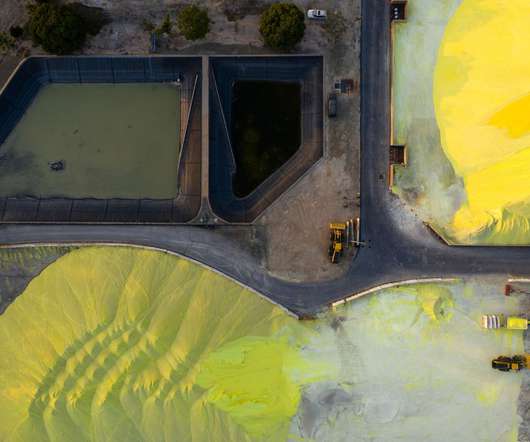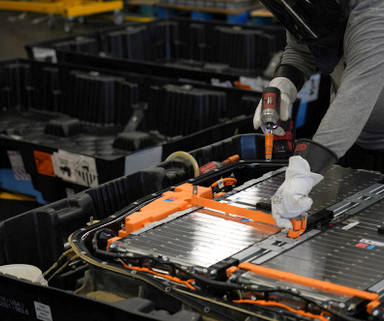QUILL researchers showcasing ionic liquid-based processes for removing mercury from natural gas, capturing CO2
Green Car Congress
JUNE 30, 2014
Researchers from QUILL —the Queen’s University (Belfast) Ionic Liquid Laboratories—will display a novel process for removing toxic mercury from natural gas using ionic liquids at the Royal Society’s Summer Science Exhibition. make ionic liquids to trap carbon dioxide. It’s also how we tailor?make



























Let's personalize your content